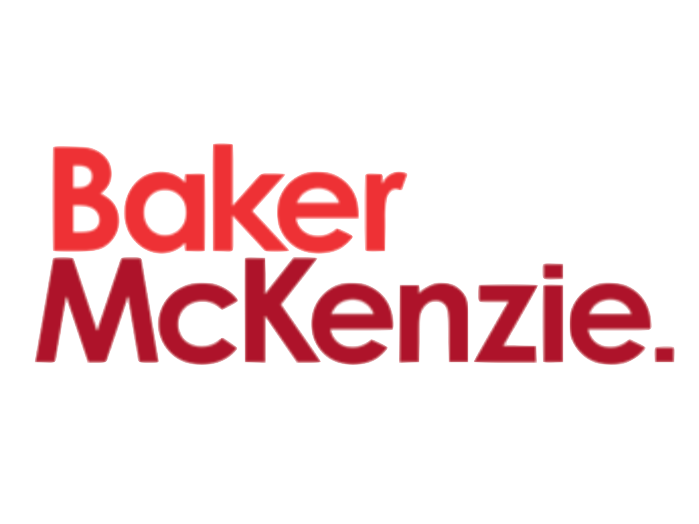Pay discrimination can be addressed by ensuring equal pay for equal work and equal pay for work of equal value.
The gender wage gap measures the difference in what women earn compared to men. No matter how it is measured, whether hourly, annually, or as an average, a gap exists. According to Statistics Canada, women who are paid hourly earn $0.87 for every dollar earned by men, and women working full time earn $0.74 for every dollar that men make in annual earnings. The wage gap disproportionately affects specific groups of women: Indigenous women, immigrant women, women of visible minorities, and women with disabilities earn $0.78, $0.89, $0.90, and $0.94, respectively, for every dollar earned by women who do not identify as such.
One way to address internal wage gaps is to identify gender discrimination in pay practices. Discriminatory pay practices can be addressed in two ways: by ensuring equal pay for equal work and equal pay for work of equal value, which is also known as pay equity. Equal pay for equal work requires that women and men receive equal compensation for substantially the same job (e.g. two machine operators on the same line with the same qualifications); all provinces in Canada have some form of legislation that addresses equal pay for equal work under a complaint-based system.
On the other hand, pay equity compares the compensation of women’s jobs with men’s jobs (e.g. female-dominated human resource jobs vs. male-dominated mechanical jobs). In a pay equity exercise, classify jobs by gender, assess their value to the organization in a gender-neutral way, compare the wages of female jobs to the wages of male jobs found to be comparable in value, and adjust wages accordingly if the female job is found to be underpaid. Undertaking a pay equity exercise, regardless of whether it is required or not, can reveal other aspects of gender discrimination in workplace practices, such as in recruitment, hiring, and promotion.
Pay equity laws exist in several Canadian jurisdictions. Ontario and Quebec have specific pay equity legislation that applies to both public and private sector employers. The Canadian federal government has passed the Pay Equity Act (2018) that applies to the federal public services and to private sector employers that are federally regulated, as well as to organizations that do business with the federal government.
Success Factors for Closing Gender Wage Gaps
- Formal recognition of the wage gap followed by the drafting of an action plan with tangible targets to address pay discrepancy are the first steps in eliminating internal gender wage gaps. For instance, the Canadian banking industry has committed to principles of pay equity for over 35 years and has established internal pay equity plans and policies.
- Organizations need to proactively close their gender wage gaps if they want to remain competitive employers and attract and retain talent. A 2019 study reported that 48% of Canadian working women and 52 percent of millennials would consider leaving their employer if they learned that male colleagues performing similar jobs had higher compensation.
- Transparently communicate remuneration information within the organization. The Ontario Ministry of Labour has identified that pay transparency is an essential component in facilitating open, honest, and informed dialogue regarding the wage gap between employees and employers. For organizations doing business abroad, many states in the USA, and the UK and Australia require this disclosure.
- Involve employee representatives in the pay equity review and implementation processes. The Labour Program, part of Human Resources and Skills Development Canada, recommends collaboration between management, unions (if applicable), and employee representatives to help prevent misinformation, promote understanding, and improve morale. The new federal Pay Equity Act will require pay equity committees to be established in the aforementioned organizations with 100 or more employees or where there are unionized employees, to ensure their input in the process.
Good Practices in the Private Sector

Baker McKenzie is committed to building gender parity and embedding inclusive practices across the firm globally. In the UK, in addition to aligning to statutory government gender pay reporting, the London office has also published voluntarily pay data for partners and ethnicity pay. Likewise, in Canada, Baker McKenzie will use the same measures as it has in the UK to improve workforce representation, especially as it relates to gender and ethnicity pay gaps. In order to accomplish this, the firm has committed to gender-balancing recruitment lists, providing inclusive leadership training, installing accountability mechanisms for gender action targets, and introducing the bAgile program to improve flexible work options.

As part of Scotiabank’s commitment to discrimination-free decision making, the Bank reviews and analyzes information in relation to gender and remuneration for its Canadian banking and head office roles in Canada. In 2019, the analysis found less than a 4% variance in wage gap, predominantly as a result of demographic and role differences. Scotiabank has used the findings from this analysis to commit to transparent, fair, and performance-based remuneration policies to further narrow the gap. This commitment includes concrete action such as conducting annual wage gap reviews, providing gender dashboards to senior leaders at mid-year and year-end points, publishing salary ranges internally, and providing managers with resources and support to help ensure bias-free decision-making.
Recommendations for Closing Gender Wage Gaps
- Identify any gender pay gaps and analyze your data through an intersectional lens to investigate causes.
- Review performance and promotion rates by gender to identify any bias.
- Review pay administration functions to identify inequitable practices.
- Confidentially ask your employees about their perception of fairness and pay equity as well as the organization’s progress on these topics.
- Executive leadership should remove barriers for HR teams to address pay equity and ensure transparent communication throughout the pay equity review and implementation processes.
- Remuneration policies should address equal pay for equal work and equal pay for work of equal value. Align to existing provincial pay equity legislation or the federal Pay Equity Act even if you are not required to comply with it.
- Communicate and make remuneration policies available to all employees. Also, ensure all managers responsible for performance reviews and remuneration decisions know the policies.
- Establish practices that address and assess gender wage discrimination throughout recruitment, retention, promotion, and career development. Examples include prohibiting questions about salary history in interviews, publishing paybands, or employing case-by-case revisions.
- Recognize that the gender wage gap has wide-reaching socio-economic consequences such as women or diverse groups receiving smaller pensions for longer retirement periods or being at higher risk of falling into poverty.

Good Practices in the Private Sector
Starbucks has publicly committed to closing its gender pay gap across the world and vowed that pay equity will remain a priority even after reaching its goal. In March 2019, Starbucks Canada announced that it had achieved gender equity in pay. To accomplish this goal, Starbucks created a set of 10 principles that focus on three areas:
Equal Footing
- Do not ask candidates about their salary history
- Remove any caps on promotional increases
- Provide a position’s pay range upon candidate’s request
Transparency
- Publish pay equity progress annually
- Use an offer standards calculator to determine starting pay range roles
- Do not retaliate or discriminate against employees for asking about or discussing wages
Accountability
- Set a goal to achieve and maintain 100 percent gender pay equity globally
- Conduct comprehensive compensation analyses
- Analyze compensation decisions before they are final
- Address any unexplained difference in pay between men and women performing similar duties
Assess Your Organization’s Commitment to Closing Gender Wage Gaps
- Has your organization identified its gender wage gap and its causes?
- To what extent is your CEO committed to reducing/eliminating the gender wage gap?
- How does your organization ensure that gender-based wage discrimination does not exist?
- Does your organization have an equal pay for equal work and pay equity policy or equivalent?
- How does your organization ensure that pay equity is addressed?
- Is your organization compliant with relevant equal pay for equal work and pay equity legislation?
- Does your organization publish gender wage gap data in public corporate reports or filings?
- Does your organization share gender wage gap data in internal reports?


